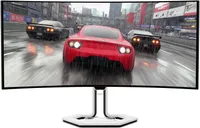I just tested Lenovo’s latest ultra-wide gaming monitor — there’s just one fatal feature that’ll stop me buying it
But at what cost?
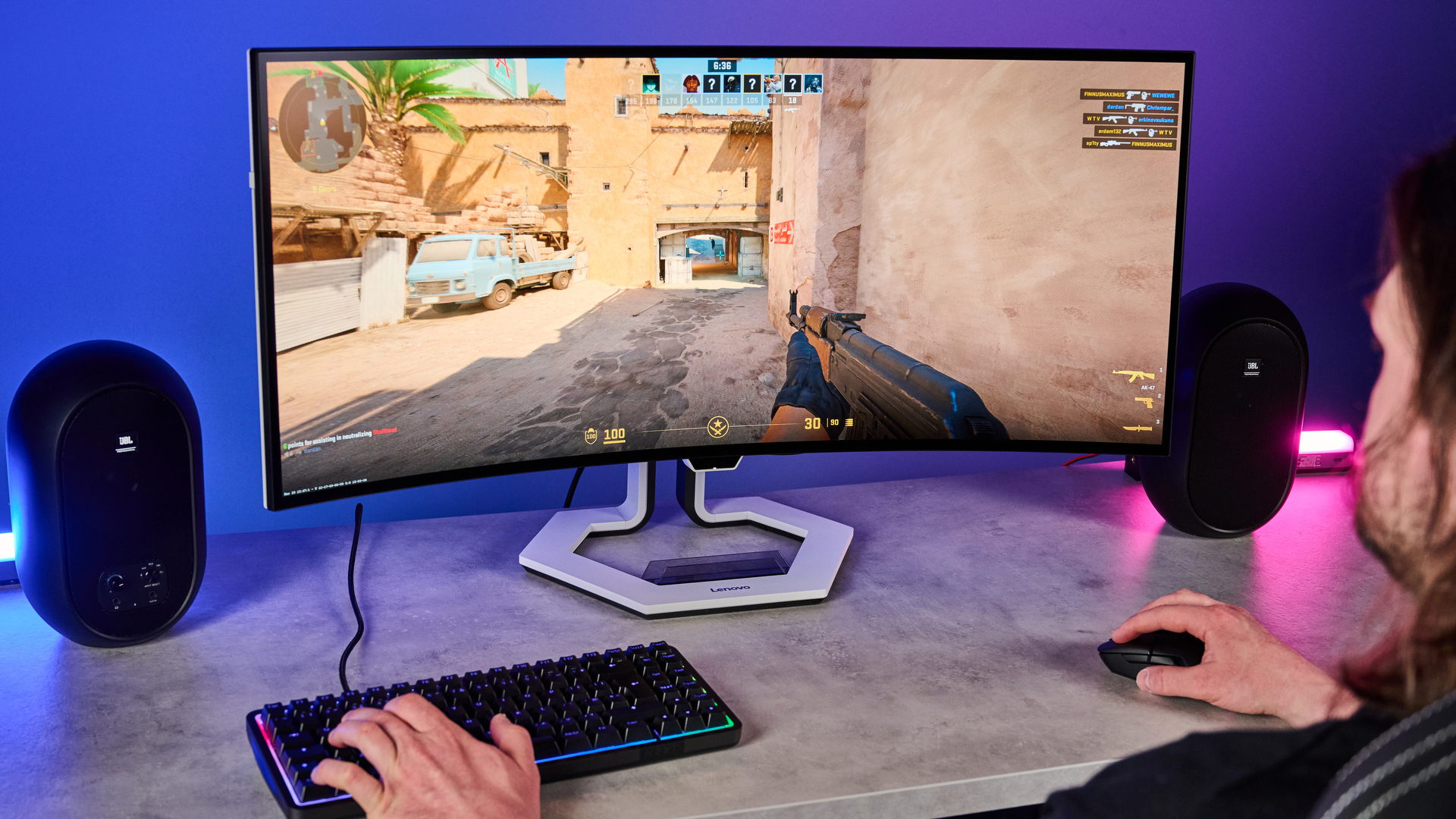
When I took the Lenovo Legion Pro 34WD-10 OLED gaming monitor to test, I was in dire straits. My trusty 27-inch QHD Dell monitor had given up the ghost a few months back, turning itself off at random intervals.
At around the 35-month mark, although it was still within its 3-year warranty, Dell shipped me a new one, which was also damaged. So they shipped me another, a refurb… with more dead pixels than an e-waste bin.
I desperately needed a new monitor for gaming and productivity. Enter the Lenovo Legion Pro 34WD-10, a 34-inch ultra-wide OLED gaming monitor, which landed (and at 19lbs, with quite the thud) on my testing desk. This is, without doubt, one of the best gaming monitors I have ever used in over 20 years of PC building and gaming.
Unfortunately, there’s one pretty glaring problem that'll stop me from ever buying it. And it's the age-old issue of price.
The perfect balance
Let’s get this out of the way pronto. The Legion Pro 34WD-10 is an epic gaming monitor, and if you're willing to splash exorbitant levels of cash, you won't necessarily be disappointed.
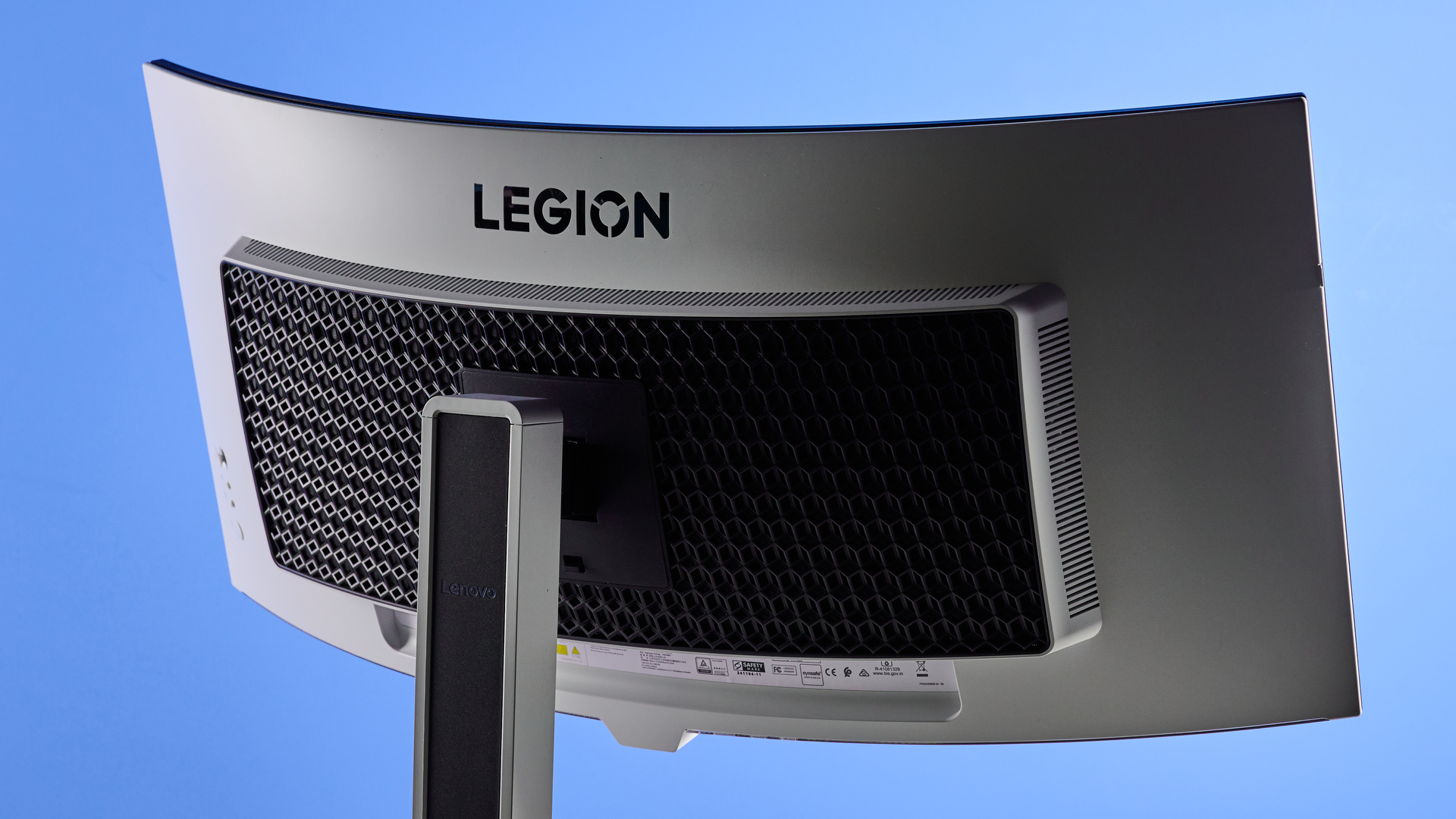
The Legion Pro 34WD-10 Gaming Monitor features a gorgeous 34-inch QHD OLED panel, curved for extra immersion and reduced eye strain. It's huge, heavy and pricey, but there's no doubting its gaming prowess.
It’s a QHD (1440p) resolution display, which is my go-to for gaming monitors. For me, QHD hits that sweet spot between image quality and performance. My rig is currently running an MSI Gaming Trio Radeon RX 6900XT — it’s a fairly powerful card with 16GB video memory, but 4K is pretty demanding, and I prefer to sacrifice resolution for better performance in heavy games like Stalker 2. Besides, QHD still looks awesome.
The 34WD-10 relays incredibly rich colors and uses an OLED panel for super-dark blacks. Every game I play on this thing just looks incredible, with bags of contrast.
Get instant access to breaking news, the hottest reviews, great deals and helpful tips.
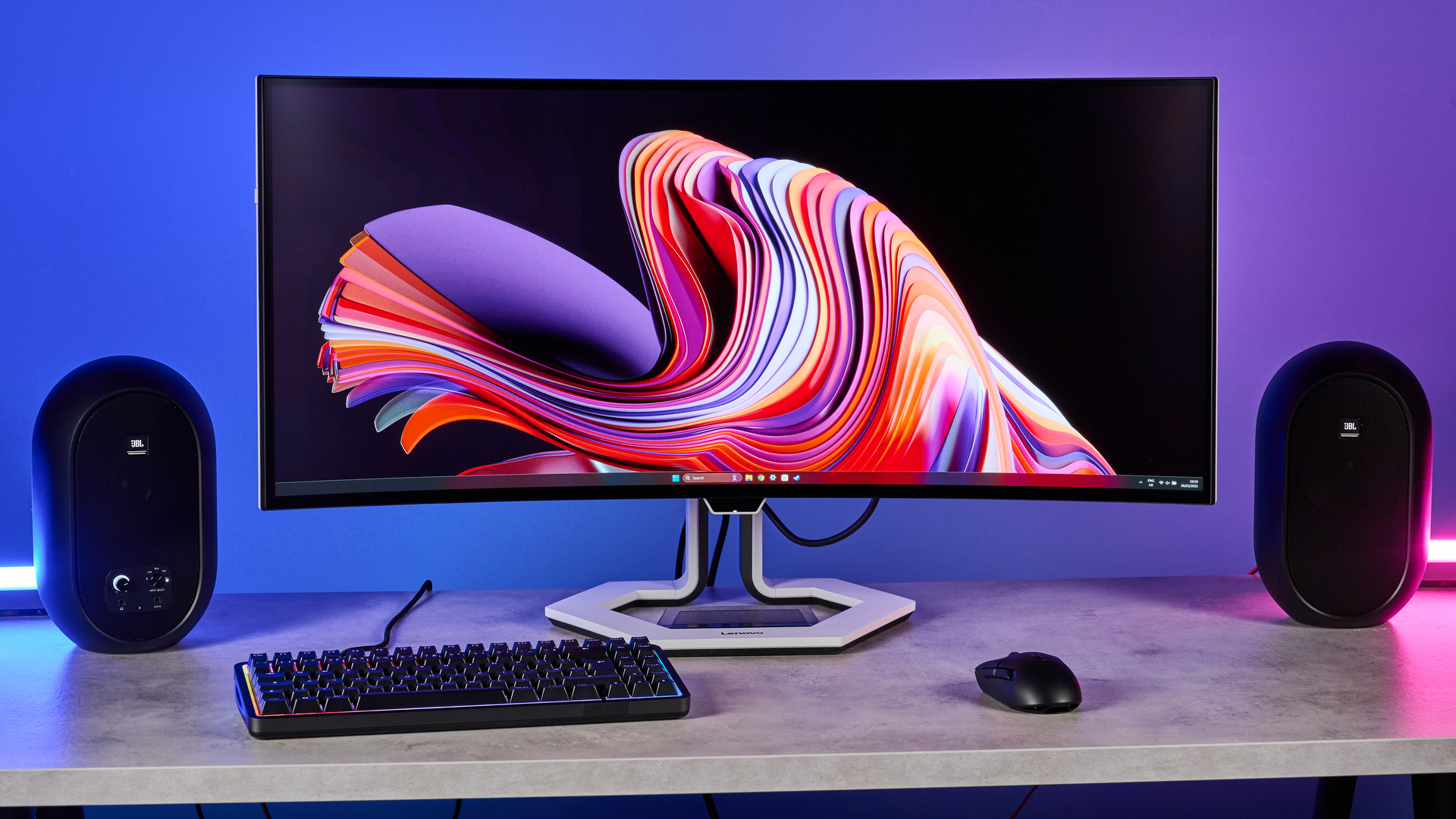
I’m a big grand strategy fan, and I’ve loved using the Lenovo for some nostalgic Total War: Rome II gameplay, where I’m currently undertaking a grand campaign play-through using the DEI overhaul mod. The warm, saturated colors of Rome II look absolutely stunning on this display. I’ll get into the scientific side of color a little later on, though.
As an ultra-wide and curved monitor, the 34WD-10 provides a super immersive experience. Whether it’s viewing the grand strategy map on Rome II, surveying the sweeping vista of medieval Europe in Kingdom Come: Deliverance, or navigating a dank underground passage in Stalker 2, I’ve felt immersion in a way that you just don’t feel with a flat panel. Of course, having a SteelSeries Arena 9 full surround speaker system helps here, too.
No slouch
The 34WD-10 is no slouch, either. Using its DisplayPort 2.1 connection, it maxes out at a 240Hz refresh rate, which is more than fast enough for 99% of gamers.
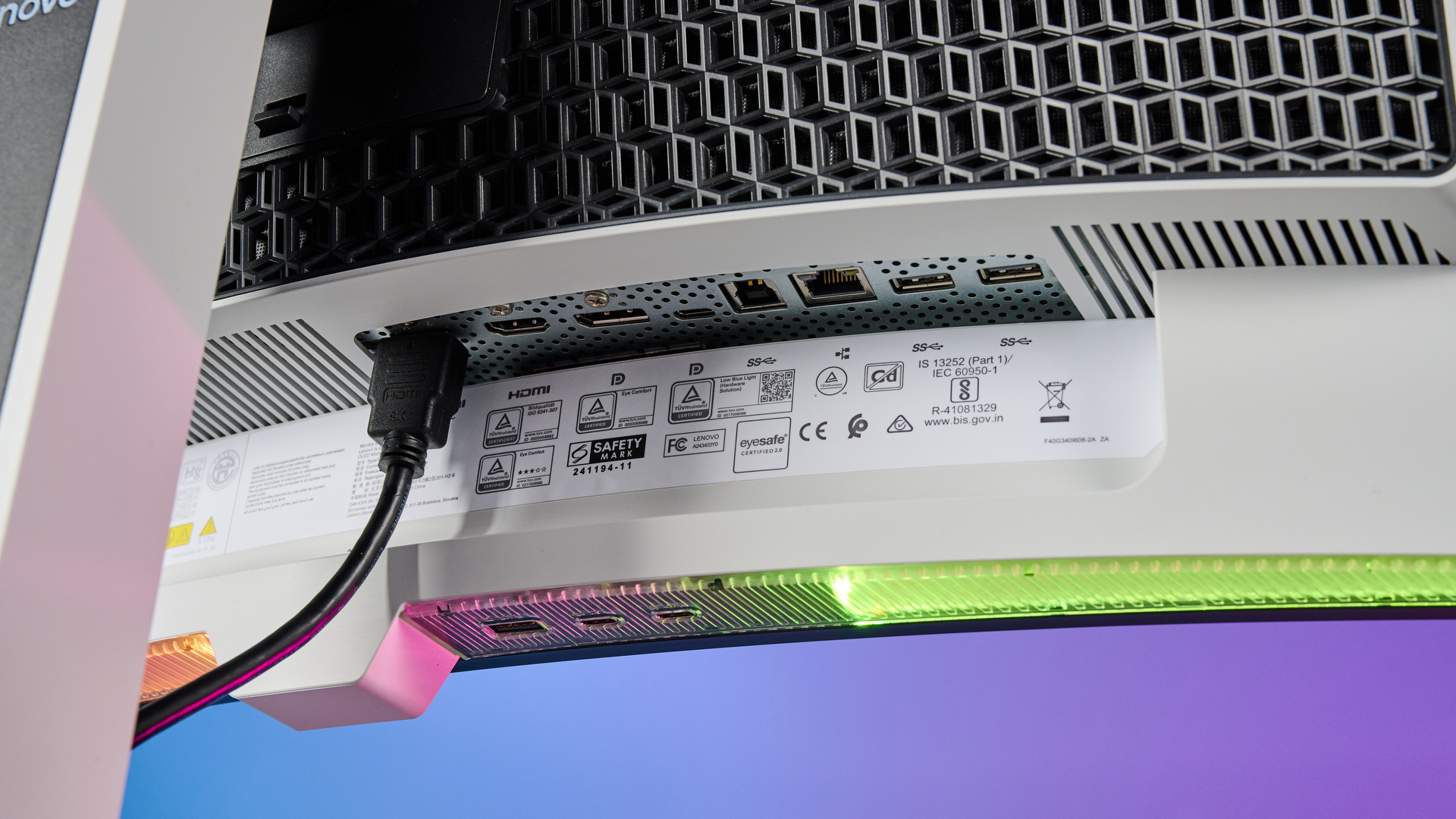
At the full 240Hz, everything is just buttery smooth, an absolute necessity in fast-paced shooters like Counter Strike 2 or Valorant.
The 34WD-10 has a 0.03ms GTG time. GTG means 'gray to gray', and is a measurement of how quickly a monitor’s pixels can respond to and relay changing colors. 0.03ms is very fast, resulting in no unpleasant ghosting or unwanted motion blur. Indeed, I haven’t noticed either during my gameplay.
If you’re a competitive player, primarily in fast-paced shooter titles, a high-speed monitor like the 34WD-10 is a no-brainer.
Color accuracy
The 34WD-10 is accurate. Oh boy, is it accurate. In our lab testing, the 34WD-10 managed a 0.08 Delta-E score, which shows very low variance in color, meaning high color accuracy.
Lab test | Result |
|---|---|
Delta-E | 0.08 |
sRGB Gamma volume | 156.40% |
DCI-P3 volume | 110.80% |
HDR brightness (entire screen) | 294 Nits |
SDR brightness | 265.8 Nits |
It also demonstrated 156.40% sRGB coverage and 110.80% DCI P3 volume, which means this monitor has the entire sRGB and DCI P3 color spaces covered, and then some.
sRGB is the primary color space used online, in media and games, so the 34WD-10’s performance in sRGB makes this a great gaming and general-purpose monitor. The DCI-P3 color space is often used for film production, so it’s a fine choice for any video editor grading YouTube content, too.
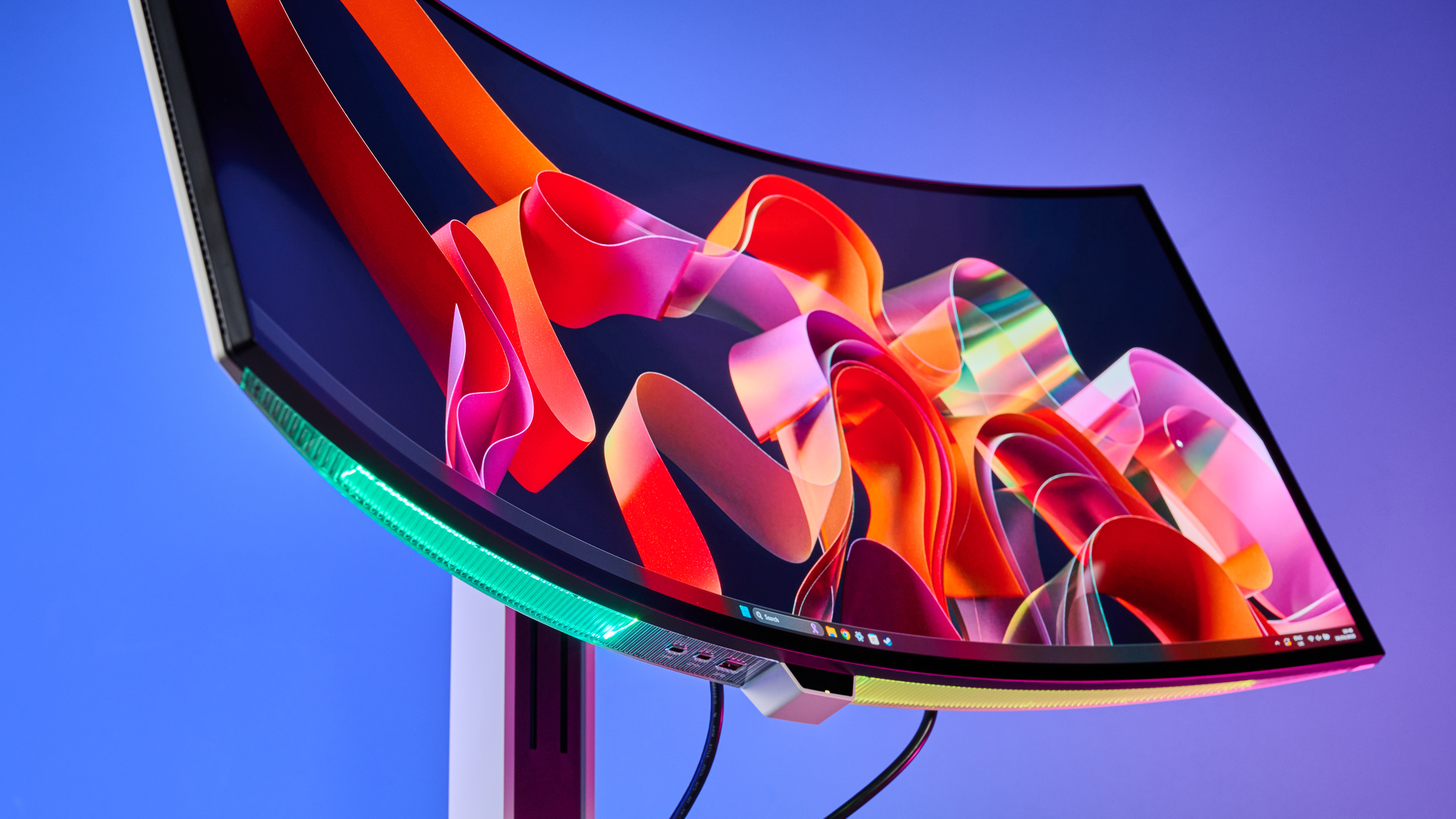
If you're a photographer, note that the Legion 34WD-10 lacks an Adobe RGB mode, which is significantly wider than sRGB and encompasses colors used by CMYK printers. This makes the monitor ill-suited to those who need highly accurate color rendition for photography and photo editing.
It’s especially problematic for those working with high-bit-depth RAW files (like the 16-bit files I was shooting when testing the Fujifilm GFX100 II), and double-especially for anyone wanting to print their images.
It's important to remember, though, that this is a gaming monitor, not a professional imaging display.
So what's the catch?
Simply put, it's the price. The 34WD-10 costs a huge $1,164 at Amazon, and that's down from Lenovo's list price of $1,199! Now, I know, I know: high-end monitors are always gonna cost ya’. But I'm really not sure the Lenovo justifies twelve hundred dollars.
That's objectively a huge amount to spend on a gaming monitor. And although we've seen other monitors at such premium price points, the 34WD-10 is up against some seriously threatening competition here — competition that I'm not sure can be bested.

The MSI MPG 272URX QD-OLED, for example, costs less at $1,099. It has a smaller 27-inch display, sure, but 4K resolution, enhanced QD-OLED (quantum dot OLED), and equally strong refresh rates and response times.
Last year, I tested the Sony Inzone M10S, which I tested at Gamescom last year, with its 460Hz refresh rate. The M10S is an elite esports gaming monitor, and at $1,099, it still costs less than the 34WD-10.
"Those monitors are flat panel", I hear you cry. Well, allow me to raise you the Alienware 34 AW3425DW — our favorite curved monitor — which packs 1440p, 240Hz refresh rate, 0.03ms GTG, similar coverage of sRGB and DCI-P3 and a QD-OLED panel... for $799. Its Delta E is a little higher than the 34WD-10's, but is that worth a $500 gulf? I don't think so.
Meanwhile, the QHD Samsung Odyssey OLED G9, whose MSRP is $1,599, can be found on sale for $1,199 and offers QD-OLED and a wider 32:9 aspect ratio. Go figure.
Money matters
Now, none of what I just said is a criticism of the actual monitor. The Legion Pro 34WD-10 is an excellent performer. The exquisite QHD OLED panel has enhanced every aspect of my gameplay, from immersion to performance. And having the space of the ultra-wide aspect ratio has been incredibly useful for operating multiple windows when working.
The Legion Pro 34WD-10 Gaming Monitor features a gorgeous 34-inch QHD OLED panel, curved for extra immersion and reduced eye strain. It's huge, heavy and pricey, but there's no doubting its gaming prowess.
The 34WD-10 also put in a stellar performance in our lab testing, with highly accurate color rendition and strong coverage of sRGB and DCI-P3 gamuts.
I'm just not convinced the price is warranted. I'm going to have to. I’ll have a full review of the Legion Pro 34WD-10 out soon, and after that, I'll have to give it back. That's going to be a painful moment for me, and when it happens, I'll need a new monitor.
The question I'll be asking myself at that point is whether I'm prepared to spend $1,199 to get this monitor back, and I'm afraid the answer is no.
More from Tom's Guide
- I fell for the bean-to-cup hype — here's the espresso machine I wish I'd bought, and why
- I ditched my Beats for these hi-res wireless headphones — and I'm not going back
- I’ve set up hundreds of TVs in my career — here are 6 mistakes people make when setting up a new TV

Peter is a Senior Editor at Tom's Guide, heading up the site's Reviews team and Cameras section. As a writer, he covers topics including tech, photography, gaming, hardware, motoring and food & drink. Outside of work, he's an avid photographer, specialising in architectural and portrait photography. When he's not snapping away on his beloved Fujifilm camera, he can usually be found telling everyone about his greyhounds, riding his motorcycle, squeezing as many FPS as possible out of PC games, and perfecting his espresso shots.
You must confirm your public display name before commenting
Please logout and then login again, you will then be prompted to enter your display name.
